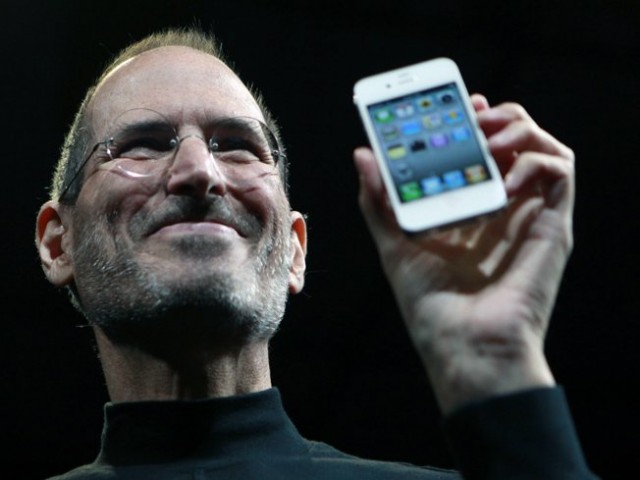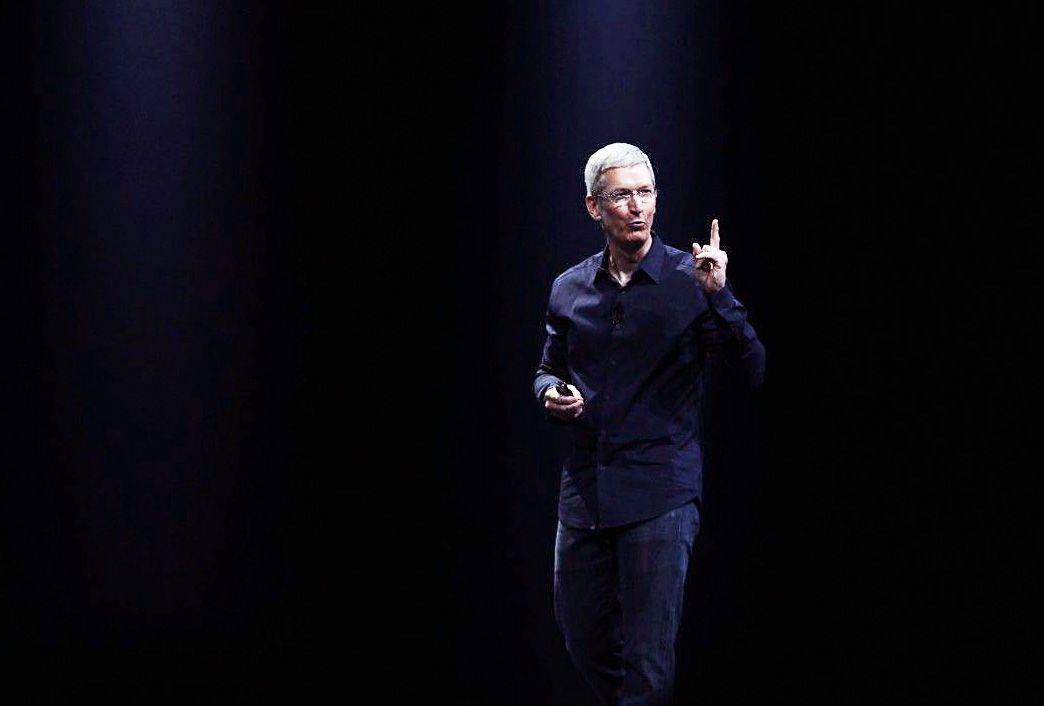Apple sure is looking friendlier these days.
This year’s Worldwide Developers Conference was geekier, more welcoming and less locked-down than any in recent history. Apple also bid farewell to Katie Cotton — the much-feared queen of PR, whose frosty relations with journalists made her only slightly less terrifying than an angry Steve Jobs — with a call for a “friendlier, more approachable” public relations face to warm up the company’s relationship with the press.
“For the past few years it’s felt like Apple’s only goal was to put us in our place,” Panic’s Cabel Sasser recently tweeted. “Now it feels like they might want to be friends.”
These recent moves represent a major change in the way Apple does business, even as the company sits atop a $150 billion war chest amassed thanks to innovative products, ruthless leadership and heavy-handed policies that fostered a culture of secrecy and utter domination. But in a world where it’s drummed into our heads that nice guys finish last, does Apple’s approach risk killing the company with kindness?
CEO Tim Cook certainly doesn’t seem to think so.
Much of Apple’s new-found friendliness is being lavished upon the developers who write the software that helps make iPhones, iPads and Macs such wonderful machines.
“I believe this developer friendliness is just a natural progression — as you get a larger and larger developer community, you need to listen to them more,” says Aditya Narayan, CEO of TurnToTech, an iOS software company that recently created New York’s first free training course for Swift, the new programming language Apple unveiled at WWDC this month.
With this new proprietary coding language, 4,000 new APIs and more hand-holding than ever, it’s difficult to think of a time when Apple has been more developer-centric.
“I get the feeling somebody at Apple was given a mandate to compile a massive list of developers’ enhancement requests and complaints, and to architect an effective response to most of these issues,” says Dave Howell, founder and CEO of Avatron Software and former software engineering manager in Apple’s Applications division.
Apple has also proven more willing to acquiesce to customer demands, from the botched iPhone 5c experiment to lower-end iMacs aimed at growing share in developing markets to big-screen iPhones to court the Android crowd.
The middling success of some of these developments raises an important question, however: Does giving the people what they want mean turning Apple’s back on Steve Jobs’ claim that innovative companies must dictate the direction they want to move in? While Jobs did listen to customers, he wasn’t afraid to make decisions that were unpopular in the short-term in order to skate where he knew the puck was headed.

Unlike Jobs’ sometimes-adversarial approach to growing Apple, however, today’s friendlier outlook reflects the enviable position Apple occupies in the high-tech world.
Its device-centric ecosystem provides it with a level of control not seen anywhere else among tech giants. Microsoft, by comparison, has enormous (though shrinking) market share among computers, but no control over the hardware its OS operates on. Much the same is true for Google with its Android smartphone OS. A company like Samsung builds its own hardware, but doesn’t control its OS at the more fundamental level (although Tizen could help change that).
Apple stands alone: It’s doesn’t own the biggest market share in every domain in which it operates (and really isn’t trying to), and yet it retains total control over every device it creates.
Want to use your iPhone most effectively? Buy a Mac. Want to create an iOS app the easiest possible way? Use Swift. All of this gives Apple room to be a little friendlier. Although the company is hardly likely to start shouting details of its new product lines from every mountaintop in Mountain View, it’s also in a very different position from the one it was in circa 2007, prior to the iPhone’s unveiling. Who cares if Microsoft, for example, creates a smartwatch in 2014? Redmond simply doesn’t possess as powerful an ecosystem infrastructure to tap into as Apple does.

However, it’s a mistake to think that Apple’s going totally soft on us. It can still crack the whip where it needs to. After years of leaks coming out of its somewhat-porous supply chain in China, Apple recently launched a massive crackdown designed to stop information from making it out to tech blogs and the media. To do this, the company enlisted the help of 200 security officers to catch anyone selling accessories, such as cases or schematics, to people in the media.
Apple can be just as controlling internally, too. Having had its own dedicated department at ad agency TBWA for years, Apple recently brought more of its advertising in-house. It’s a way of controlling the creative process even more, while further shoring up against leaks.
And speaking of leaks, exactly where were they in the run-up to WWDC? Yes, word had gotten out about iOS 8’s Health app, but this turned out to be the tip of the iceberg when you consider all the other insanely great innovations that came out of the event. The company unveiled many breakthrough features in its massive refreshes for both OS X and iOS, along with Swift, new gaming-development tool Metal and those 4,000 new APIs, none of which had even been hinted at previously.
Make no mistake about it: Apple’s softer edge is no less calculating than its more opaque image from previous years. Steve Jobs’ vision for Apple was of a company from which beautiful products emerged as if by magic.
The reality was a bit more complex — as a growing company, Apple’s production process wasn’t always as seamless as Jobs let on.
Now, under the continued operations mastery of Tim Cook, the Apple of 2014 possesses the ability to release major upgrades of OS X and iOS at the same time, apparently without any cannibalization of resources. And all of this while working on the headline-grabbing Beats deal and sitting on the best new product pipeline in 25 years.
Is there a reason for the company not to put on a cheerful face?


